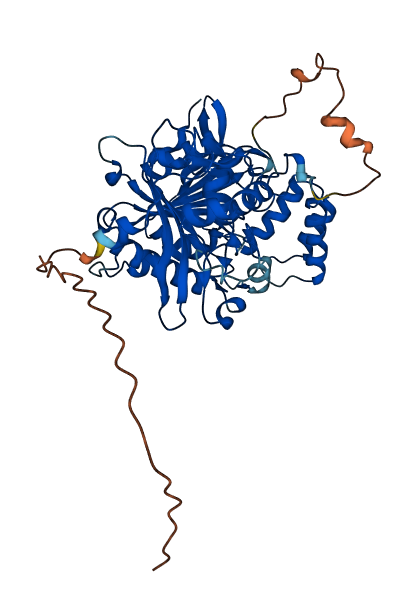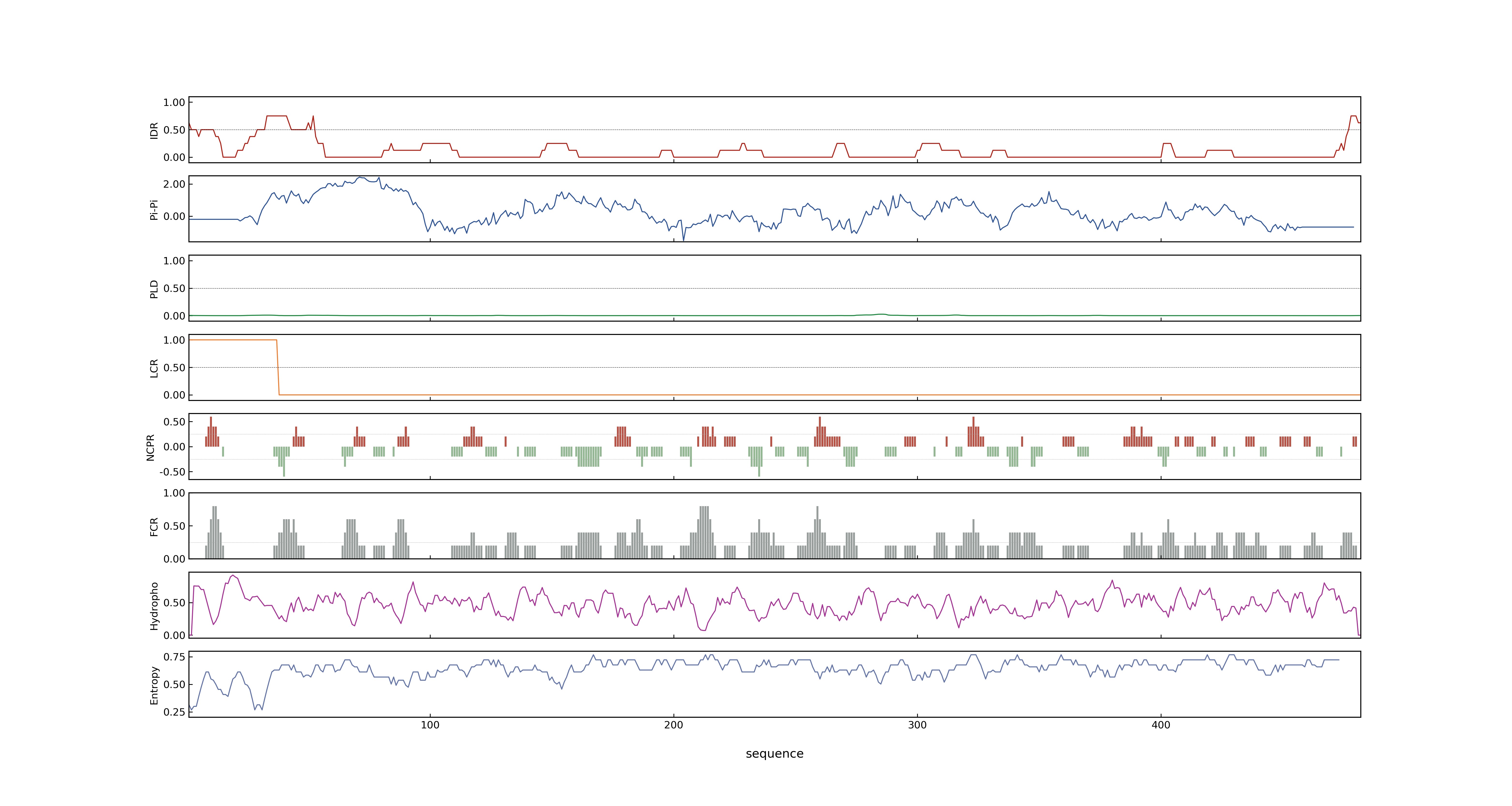- Information
- Symbol: GS5
- MSU: LOC_Os05g06660
- RAPdb: Os05g0158500
- PSP score
- LOC_Os05g06660.1: 0.1071
- LOC_Os05g06660.2: 0.2439
- PLAAC score
- LOC_Os05g06660.1: 0
- LOC_Os05g06660.2: 0
- pLDDT score
- 87.79
- Protein Structure from AlphaFold and UniProt
- MolPhase score
- LOC_Os05g06660.1: 0.14706732
- LOC_Os05g06660.2: 0.12472297
- MolPhase Result
- Publication
- Genbank accession number
- Key message
- We showed that the quantitative trait locus (QTL) GS5 in rice controls grain size by regulating grain width, filling and weight
- GS5 encodes a putative serine carboxypeptidase and functions as a positive regulator of grain size, such that higher expression of GS5 is correlated with larger grain size
- The results suggest that natural variation in GS5 contributes to grain size diversity in rice and may be useful in improving yield in rice and, potentially, other crops(2)
- Natural variation in GS5 plays an important role in regulating grain size and yield in rice
- Differential expression of GS5 regulates grain size in rice.
- GS5 is a positive regulator of grain size such that grain width, filling, and weight are correlated with its expression level
- Previous work suggested that polymorphisms of GS5 in the promoter region might be responsible for the variation in grain size
- Enhanced expression of GS5 competitively inhibits the interaction between OsBAK1-7 and OsMSBP1 by occupying the extracellular leucine-rich repeat (LRR) domain of OsBAK1-7, thus preventing OsBAK1-7 from endocytosis caused by interacting with OsMSBP1, providing an explanation for the positive association between grain size and GS5 expression
- These results advanced our understanding of the molecular mechanism by which GS5 controls grain size
- These two polymorphs altered the responses of the GS5 alleles to abscisic acid (ABA) treatments, resulting in higher expression of GS5-1 than of GS5-2 in developing young panicles
- Connection
Prev Next


